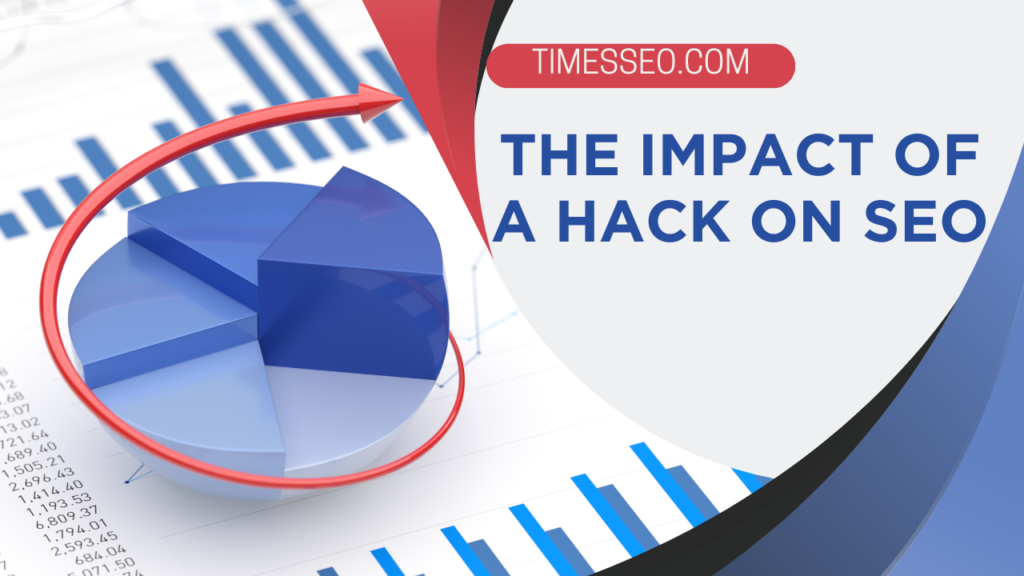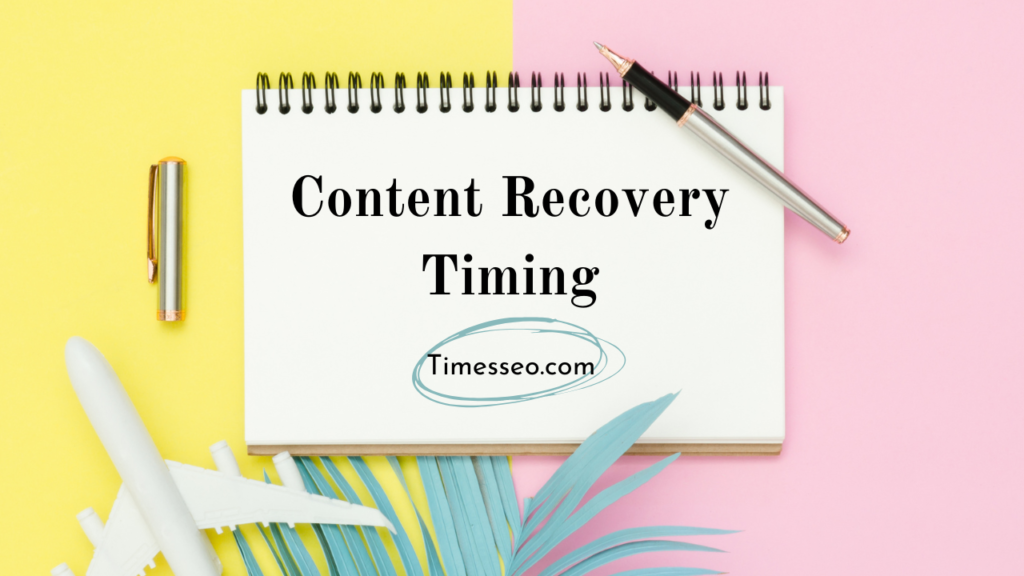
Why Timing Matters in a Recovery SEO Plan After Hack
Your blog post “Why Timing Matters in a Recovery SEO Plan After Hack” explains how acting quickly after a cyberattack can significantly improve search ranking restoration, protect brand trust, and minimize traffic loss. It highlights the critical 24–48 hour window, immediate recovery actions, and long-term strategies to ensure an effective recovery SEO plan after hack for businesses.
Table of Contents
Introduction
When your website gets hacked, every second counts. It’s not just about fixing the technical mess — it’s about how fast you act to restore your rankings, protect your brand, and reassure your audience. In SEO recovery after a hack, timing can mean the difference between a quick bounce-back and months of struggling to regain visibility.
The Impact of a Hack on SEO
Understand About Hack on SEO: What is it?
Ranking Drops
Search engines penalize compromised websites, pushing them down in search results.
Loss of Organic Traffic
Users seeing “This site may be hacked” warnings will avoid visiting your site entirely.
Google Warnings and Penalties
Google can temporarily block or flag your site until it’s proven safe again.
Why Timing is Crucial
Search Engine Indexing Speed
The faster you clean your site, the sooner Google can re-index your safe pages.
User Trust Declines Over Time
Every day you delay increases customer doubts about your business security.
Competitors Gain Advantage
While you’re down, competitors may capture your lost traffic and leads.
Immediate Steps to Take
Secure the Site
Take your site offline if necessary to prevent further damage.
Communicate Transparently
Inform customers via email or social media to maintain trust.
Notify Google Quickly
Use Google Search Console to report your cleaning and make a review request.
The 24–48 Hour Golden Window
Why the First 2 Days Matter Most
Quick action prevents malicious content from spreading across your indexed pages.
Preventing Long-Term Ranking Loss
Early intervention reduces the chances of a prolonged SEO recovery period.
Restoring Technical SEO Fast
Clean Malware and Spam
Remove all infected code using trusted security tools like Sucuri or Wordfence.
Fix Redirects and Broken Links
Correct any malicious redirects to avoid further SEO harm.
Submit Fresh Sitemaps
Tell Google exactly what pages to re-crawl now that your site is clean.
Content Recovery Timing
Remove Infected Pages Promptly
Bad content damages SEO and fosters mistrust, so remove it off the internet.
Rebuild Trust Through Fresh Content
Publish updates showing security improvements and valuable new posts.
Leverage PR and Social Media Updates
Actively share that your site is safe again to encourage return visits.
Timing in Link Recovery
Contact Affected Partners Early
Let linking sites know your domain is clean so they can restore or keep backlinks.
Disavow Harmful Links Immediately
Tell Google to ignore spammy or malicious backlinks created during the hack.
Start Rebuilding Backlinks Quickly
Secure high-quality links to boost recovery speed.
Long-Term SEO Timing Strategy
Regular Security Audits
Check for vulnerabilities before they become threats.
Monthly Performance Monitoring
Pay attention to traffic, rankings, and security logs.
Seasonal SEO Checkups
Review security and SEO before peak business seasons.
Conclusion
In a recovery SEO plan after hack, speed is your strongest ally. Acting within hours — not days — can protect your rankings, maintain customer trust, and minimize revenue loss. The longer you wait, the harder and slower the road to recovery becomes.
Frequently Asked Questions
Immediately — ideally within hours of discovering the breach.
Not instantly, but quick cleanup greatly improves your chances.
Yes, but recovery will take longer and may require more aggressive efforts.
The sooner you respond, the more confidence customers will have in your business.
Waiting too long before securing and restoring your website.
Table of Contents
Popular Posts
-
 Affordable Technical SEO Audit for Small Business: A Complete Guide26 Jun 2025 Blog
Affordable Technical SEO Audit for Small Business: A Complete Guide26 Jun 2025 Blog -
 How to Get an Affordable Technical SEO Audit for Small Business27 Jun 2025 Blog
How to Get an Affordable Technical SEO Audit for Small Business27 Jun 2025 Blog -
 The Ultimate Local SEO Audit Checklist for Startups28 Jun 2025 Blog
The Ultimate Local SEO Audit Checklist for Startups28 Jun 2025 Blog -
 Local SEO Audit Checklist for Startups: A Beginner’s Guide28 Jun 2025 Blog
Local SEO Audit Checklist for Startups: A Beginner’s Guide28 Jun 2025 Blog -
 Top On-Page SEO Audit Steps for Service Websites Every Business Should Know29 Jun 2025 Blog
Top On-Page SEO Audit Steps for Service Websites Every Business Should Know29 Jun 2025 Blog -
 Technical SEO for WordPress: The Ultimate Beginner’s Guide01 Jul 2025 Blog
Technical SEO for WordPress: The Ultimate Beginner’s Guide01 Jul 2025 Blog -
 The Impact of On-Page SEO Audit Steps for Service Websites on UX01 Jul 2025 Blog
The Impact of On-Page SEO Audit Steps for Service Websites on UX01 Jul 2025 Blog -
 Technical Mobile SEO Audit Tips for Developers02 Jul 2025 Blog
Technical Mobile SEO Audit Tips for Developers02 Jul 2025 Blog -
 Complete SEO Backlink Audit Guide for Better Google Rankings03 Jul 2025 Blog
Complete SEO Backlink Audit Guide for Better Google Rankings03 Jul 2025 Blog -
 Boost Your Rankings with Technical SEO for WordPress01 Jul 2025 Blog
Boost Your Rankings with Technical SEO for WordPress01 Jul 2025 Blog






